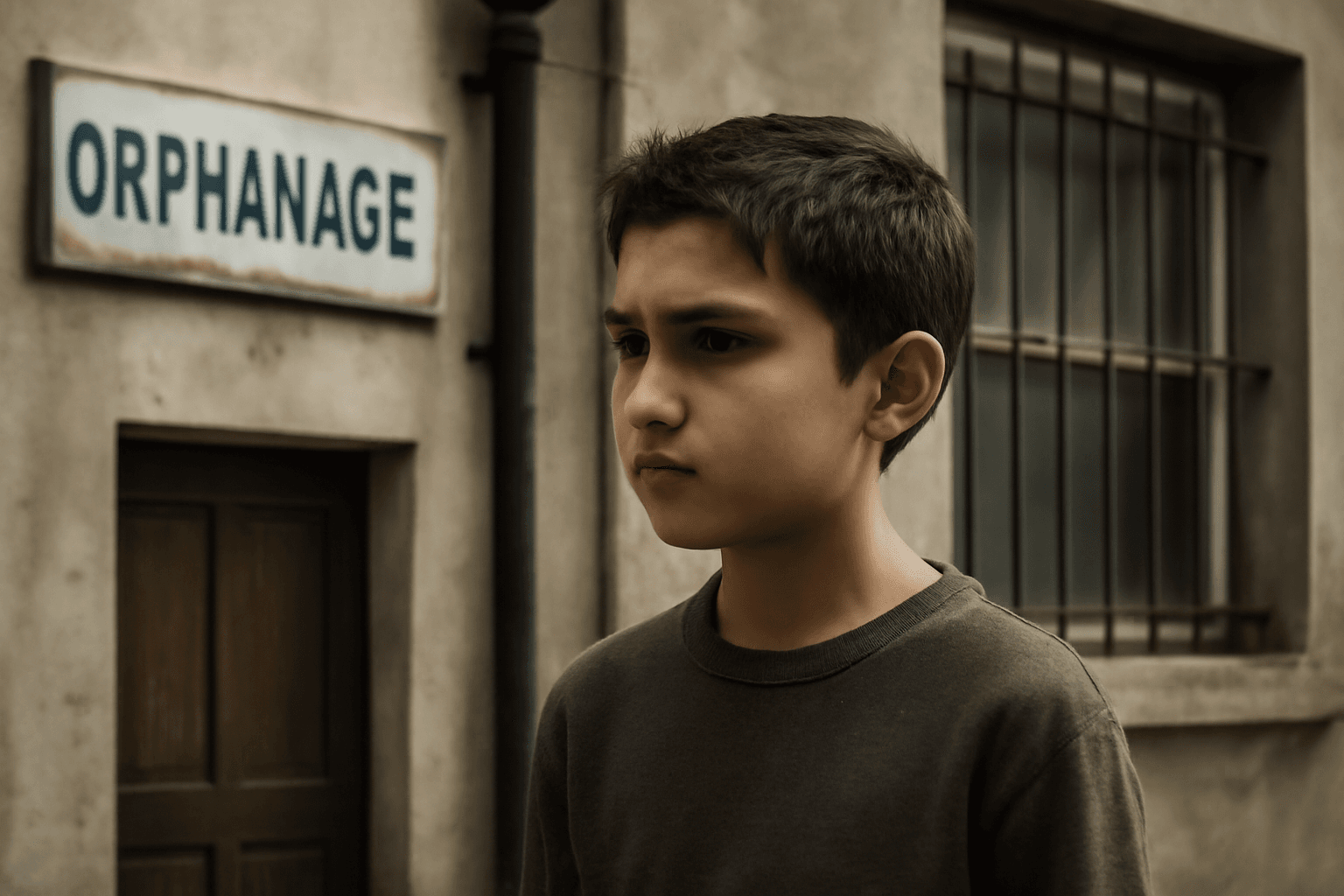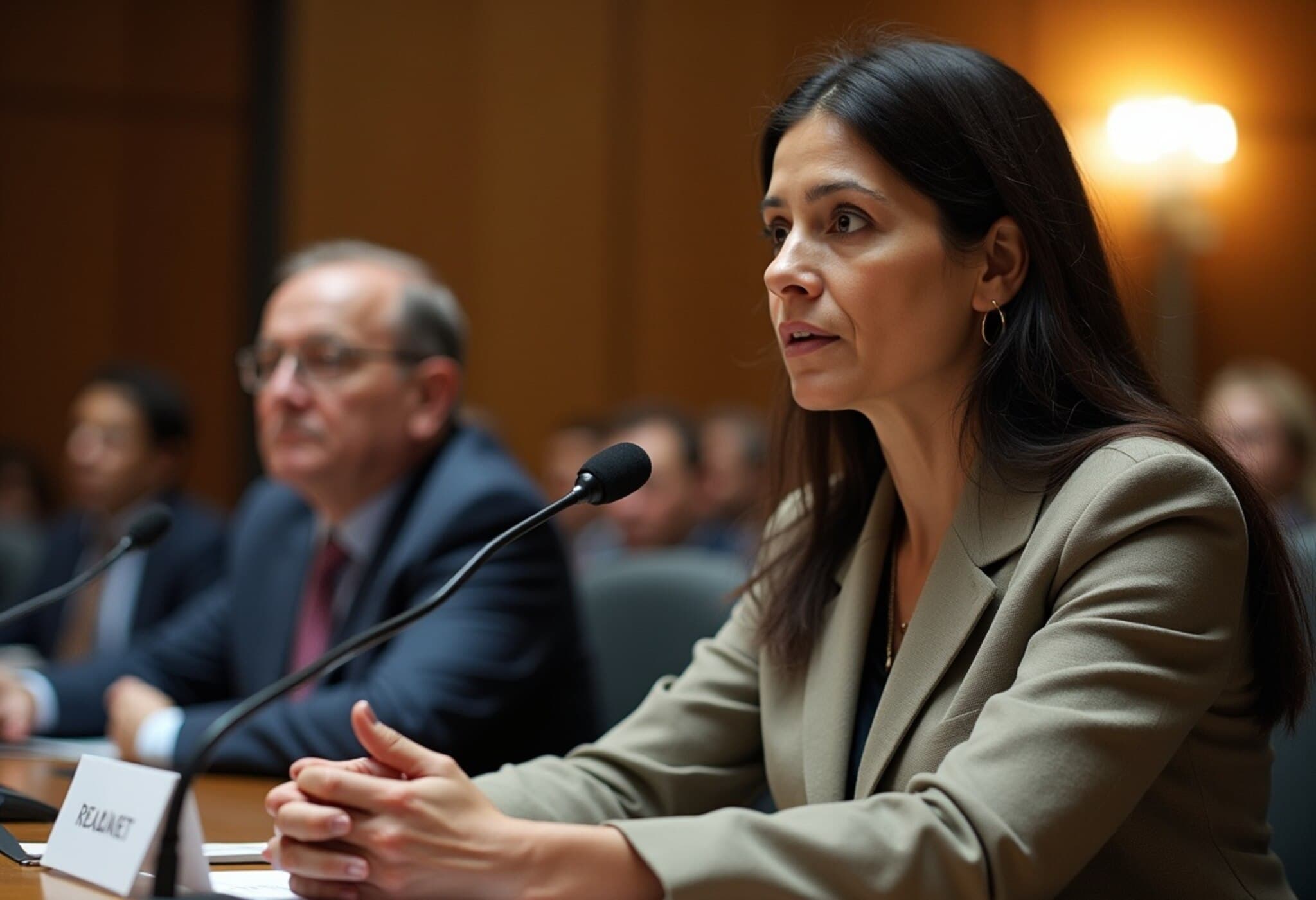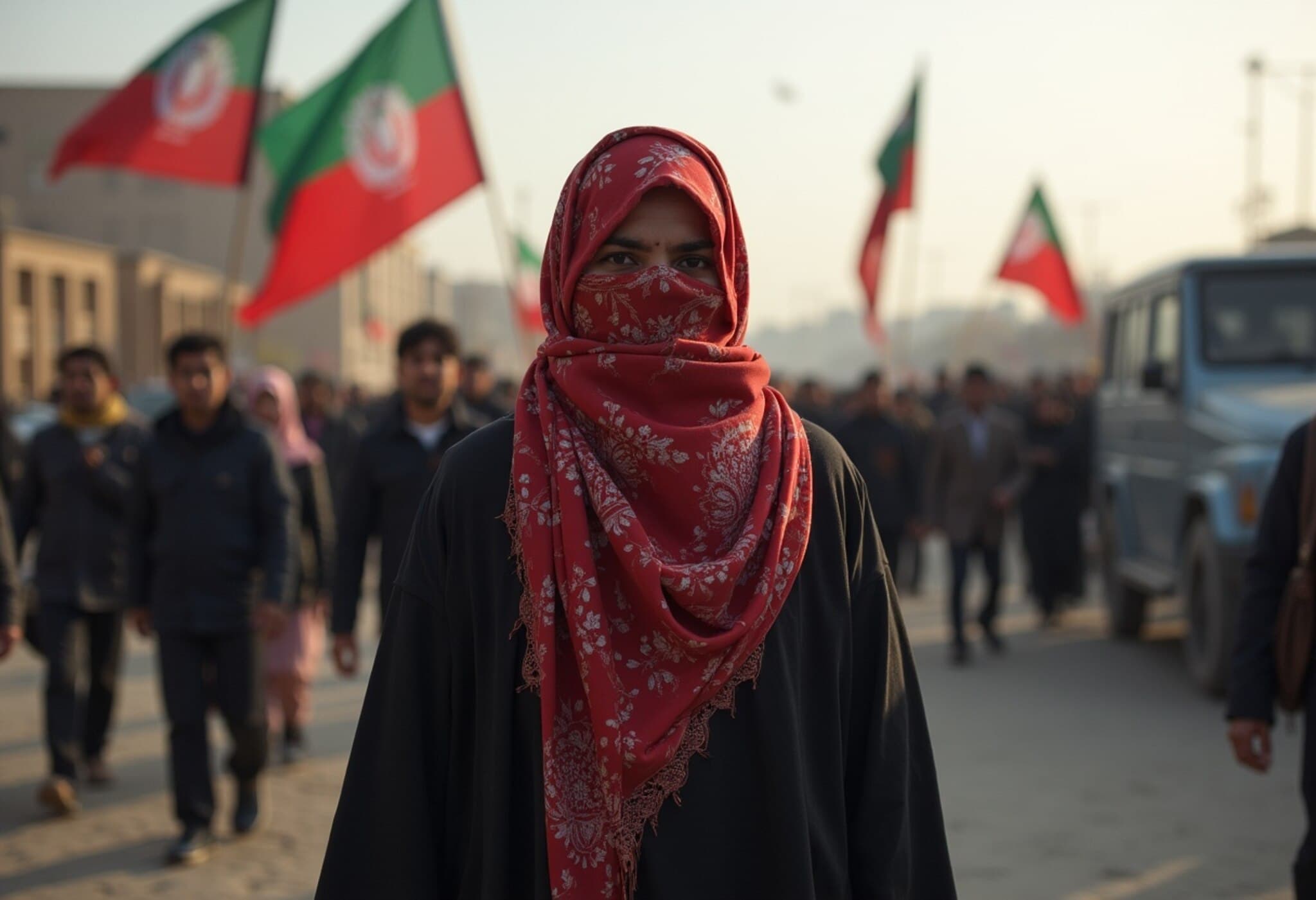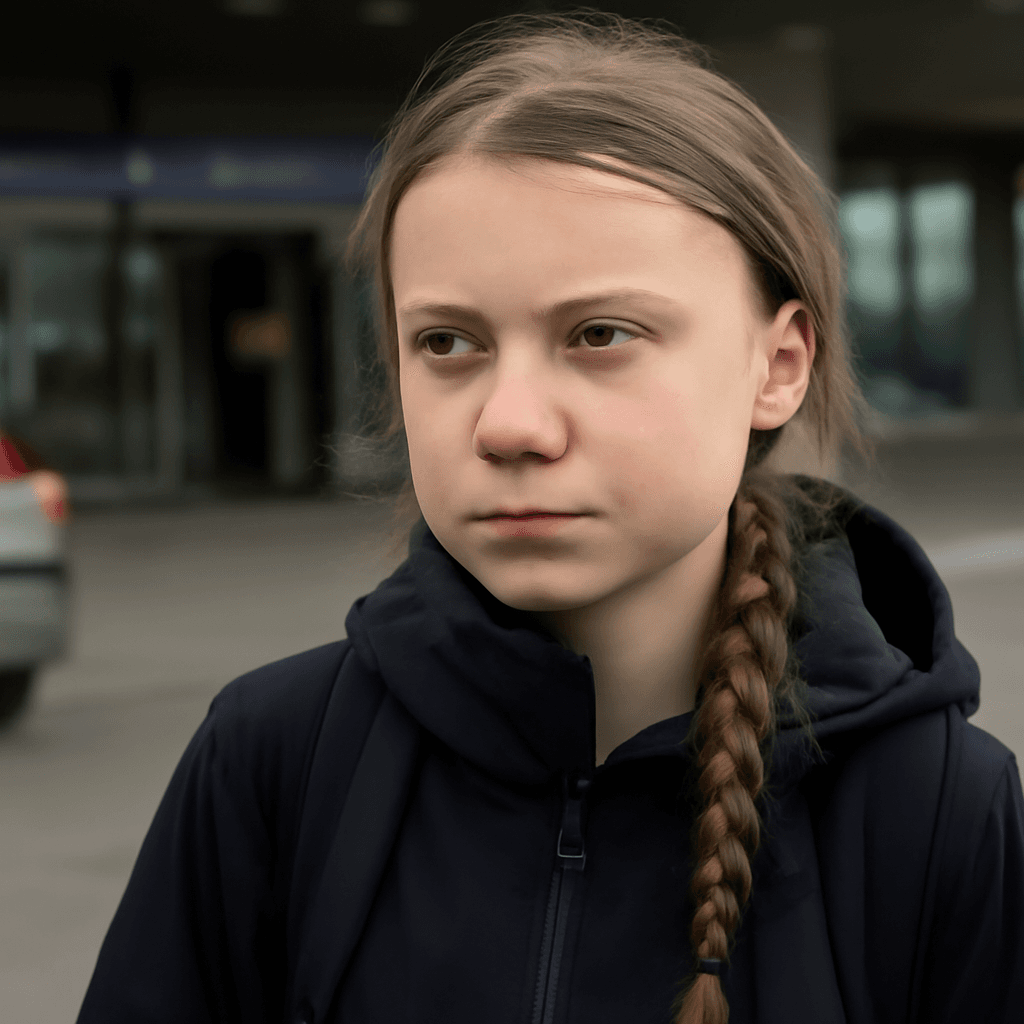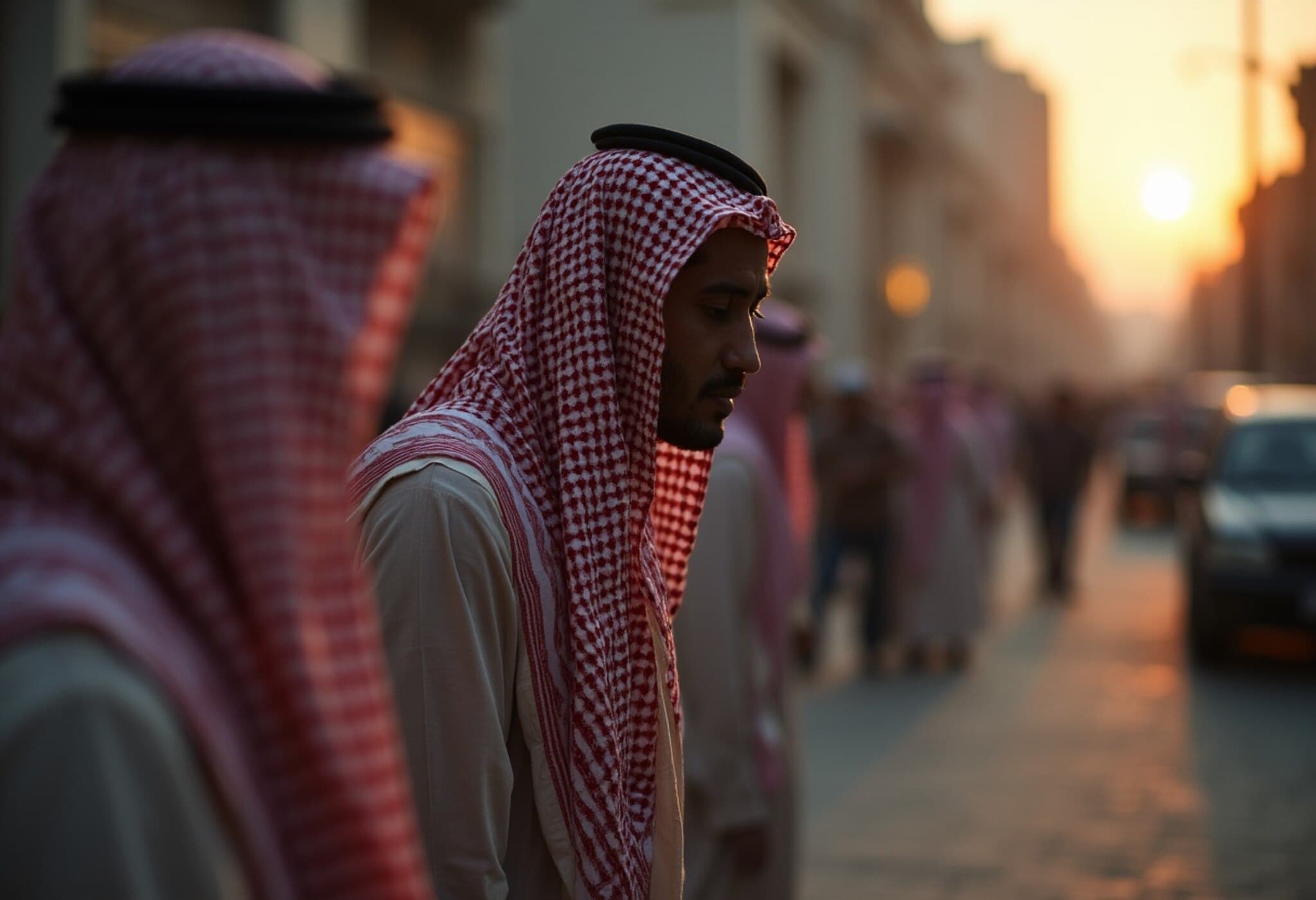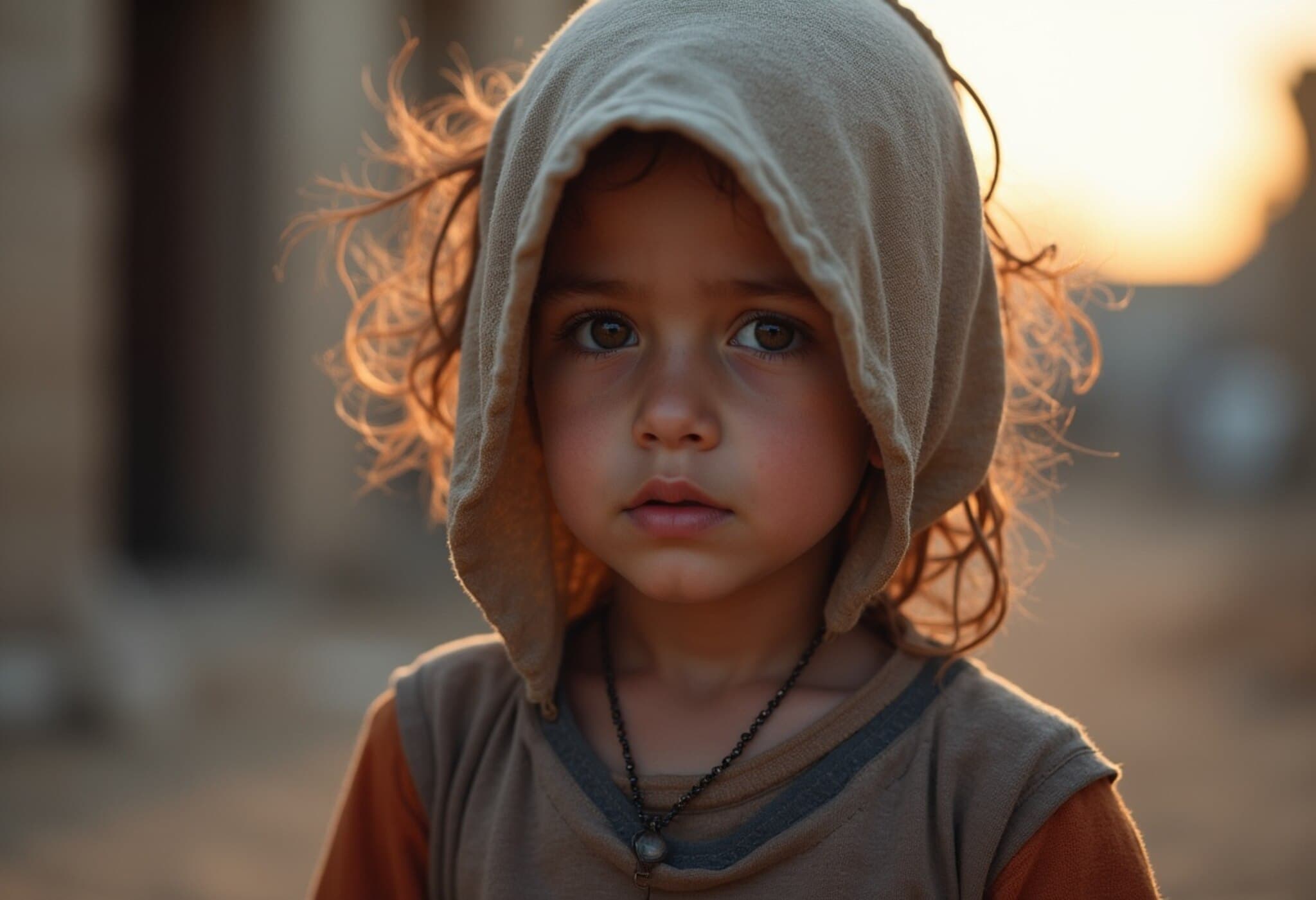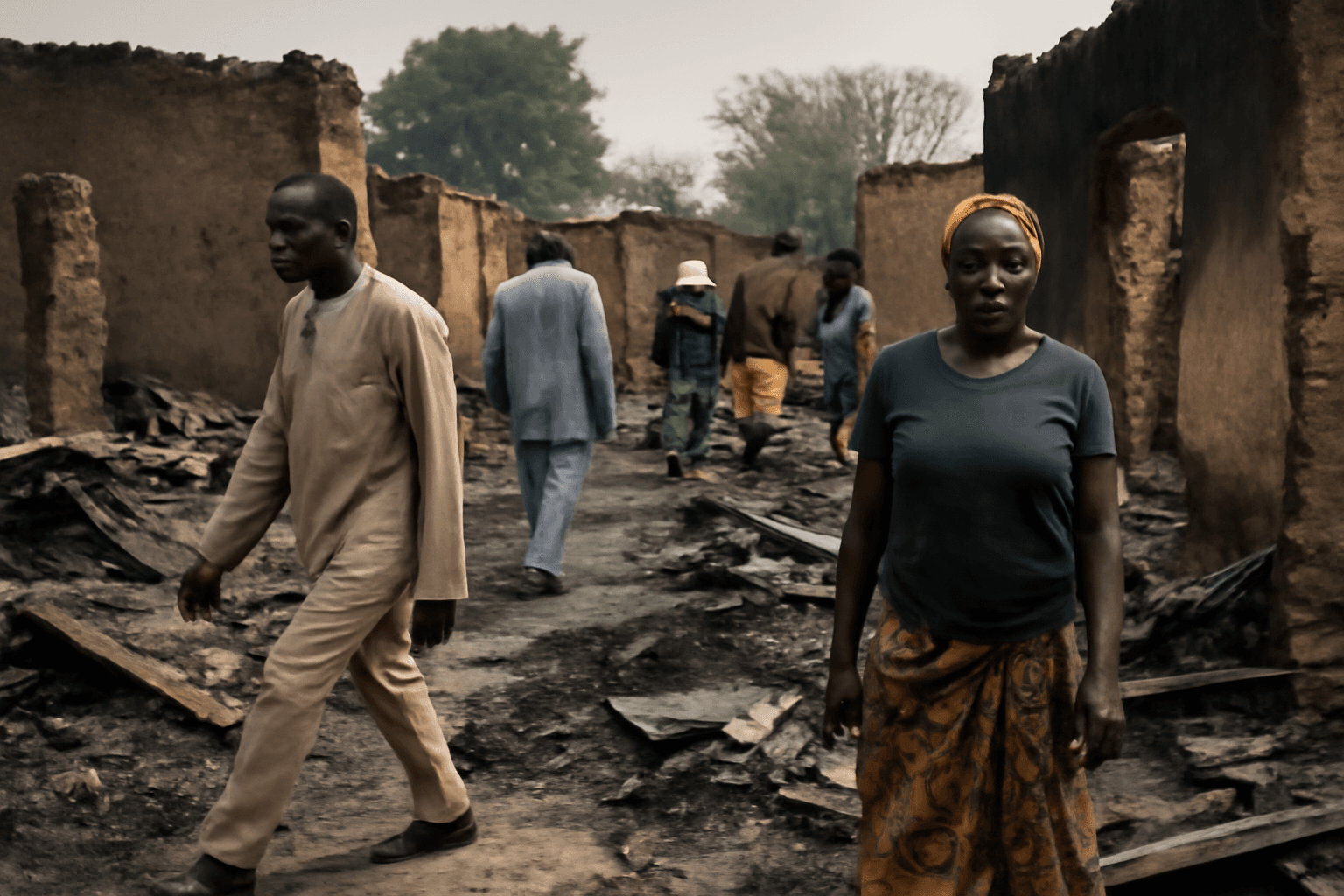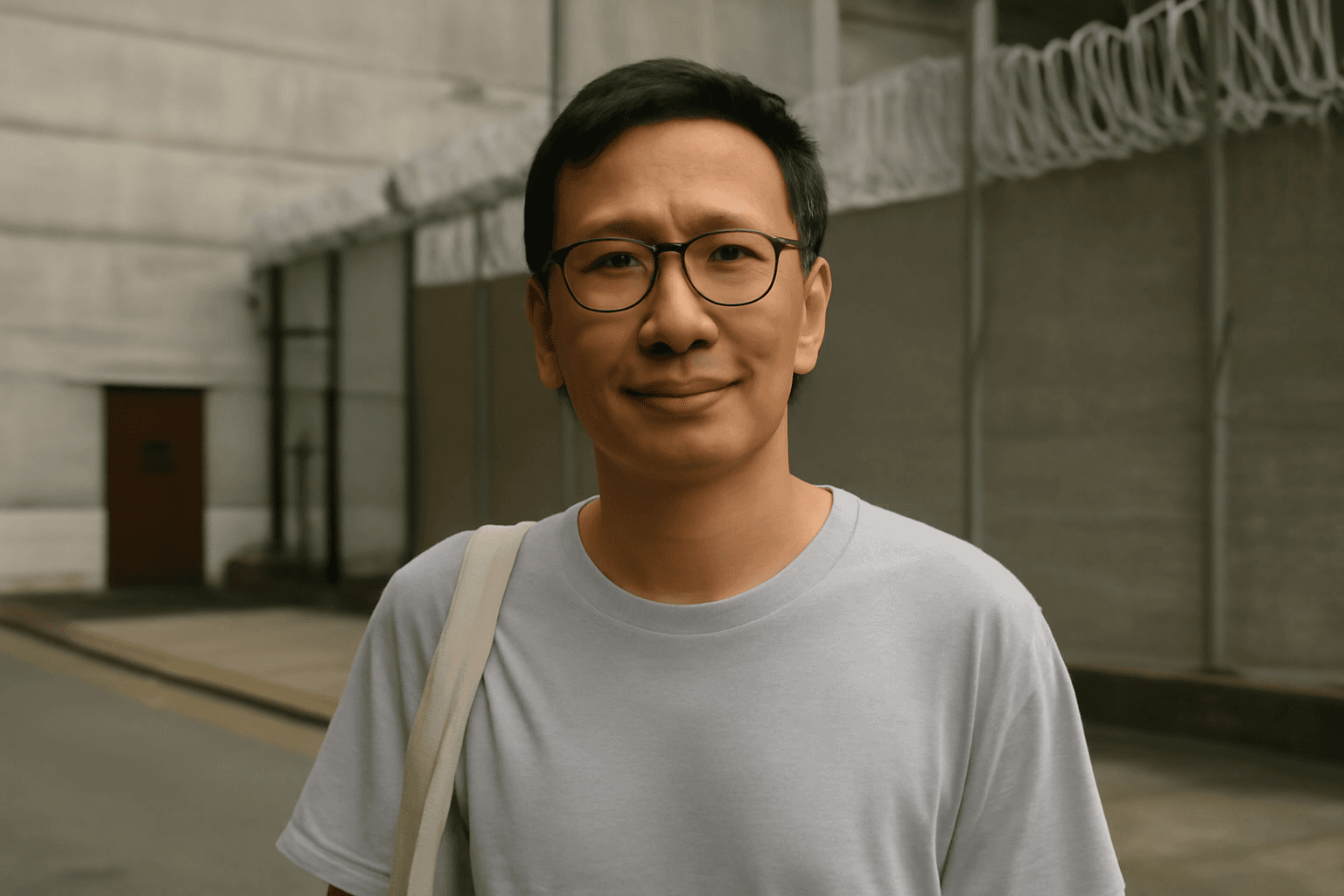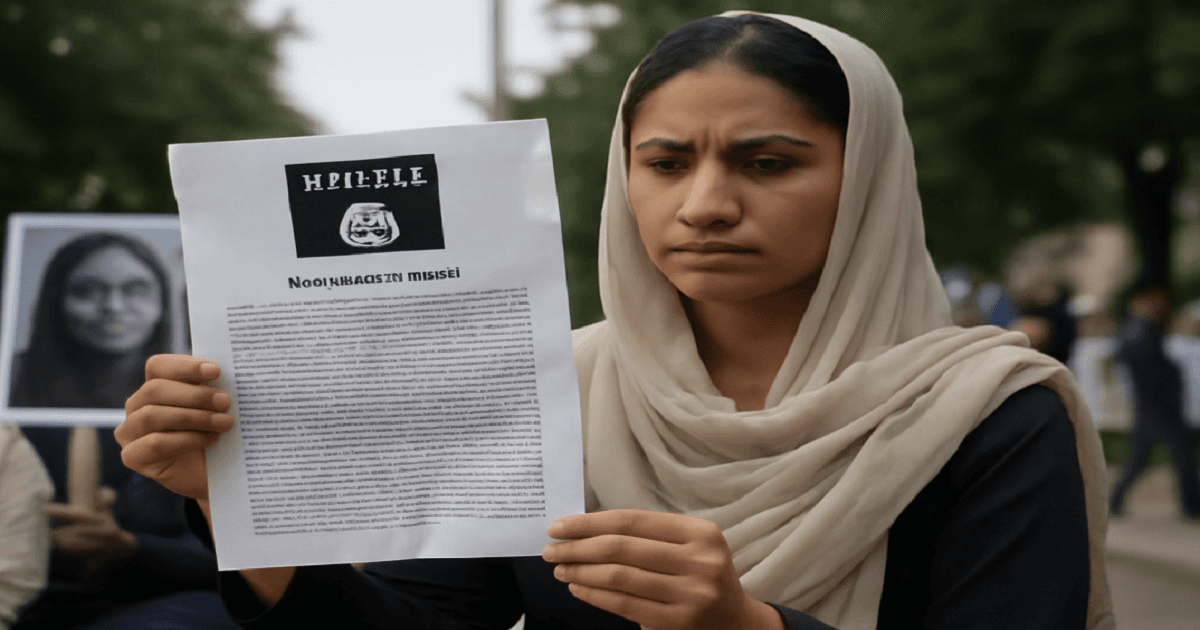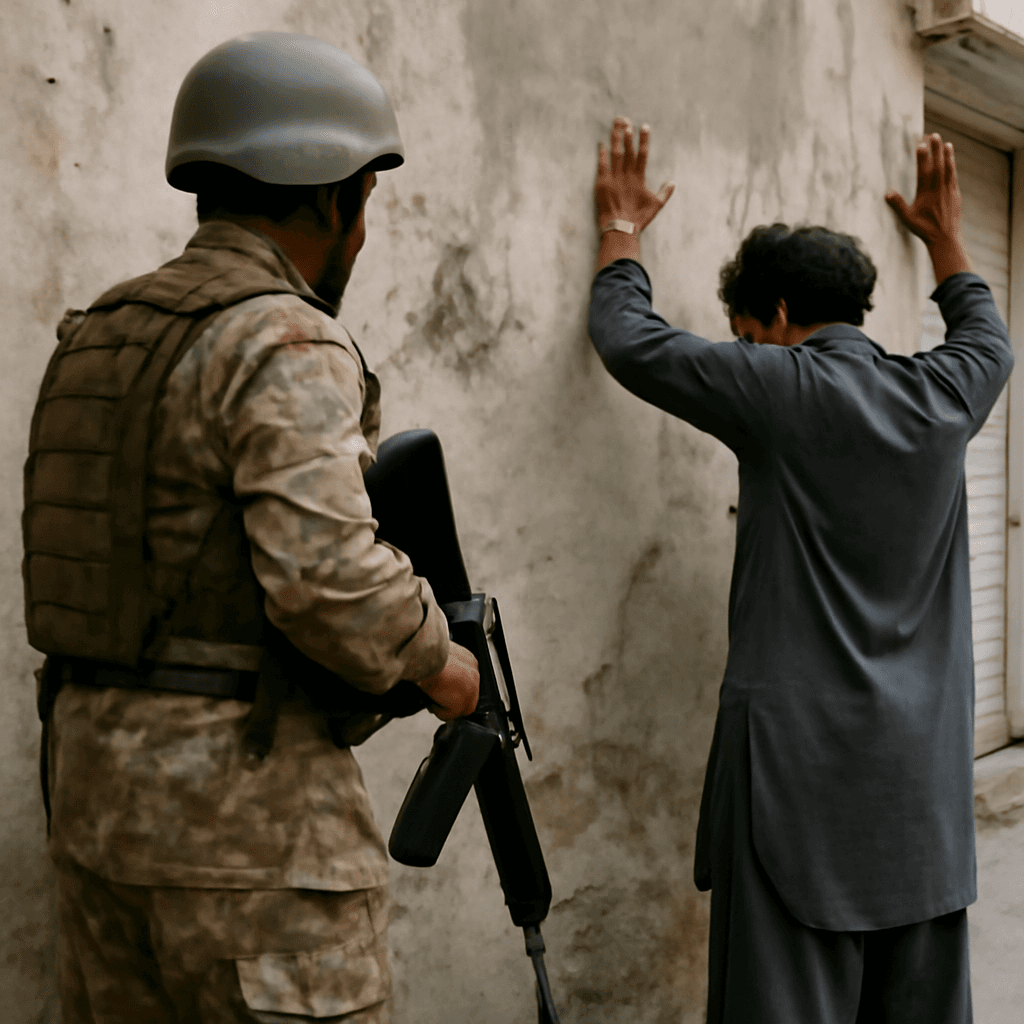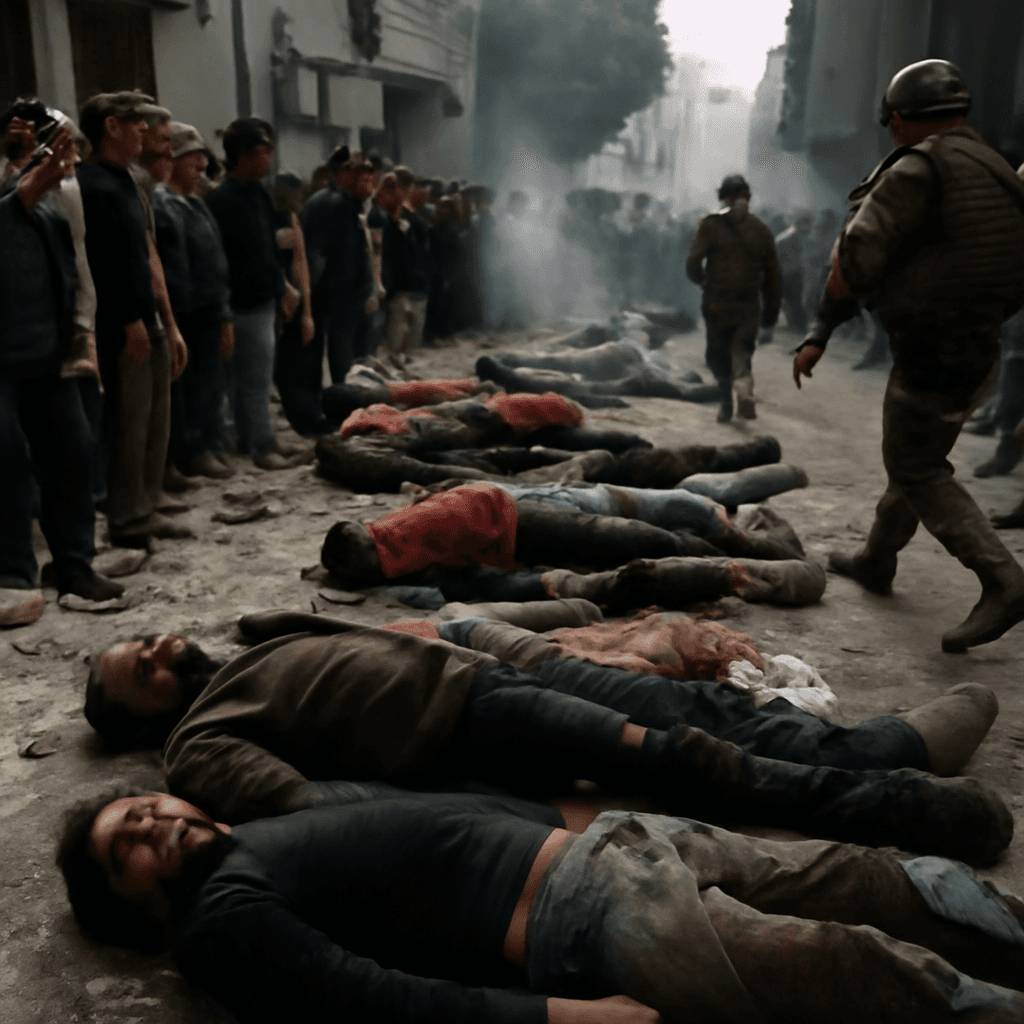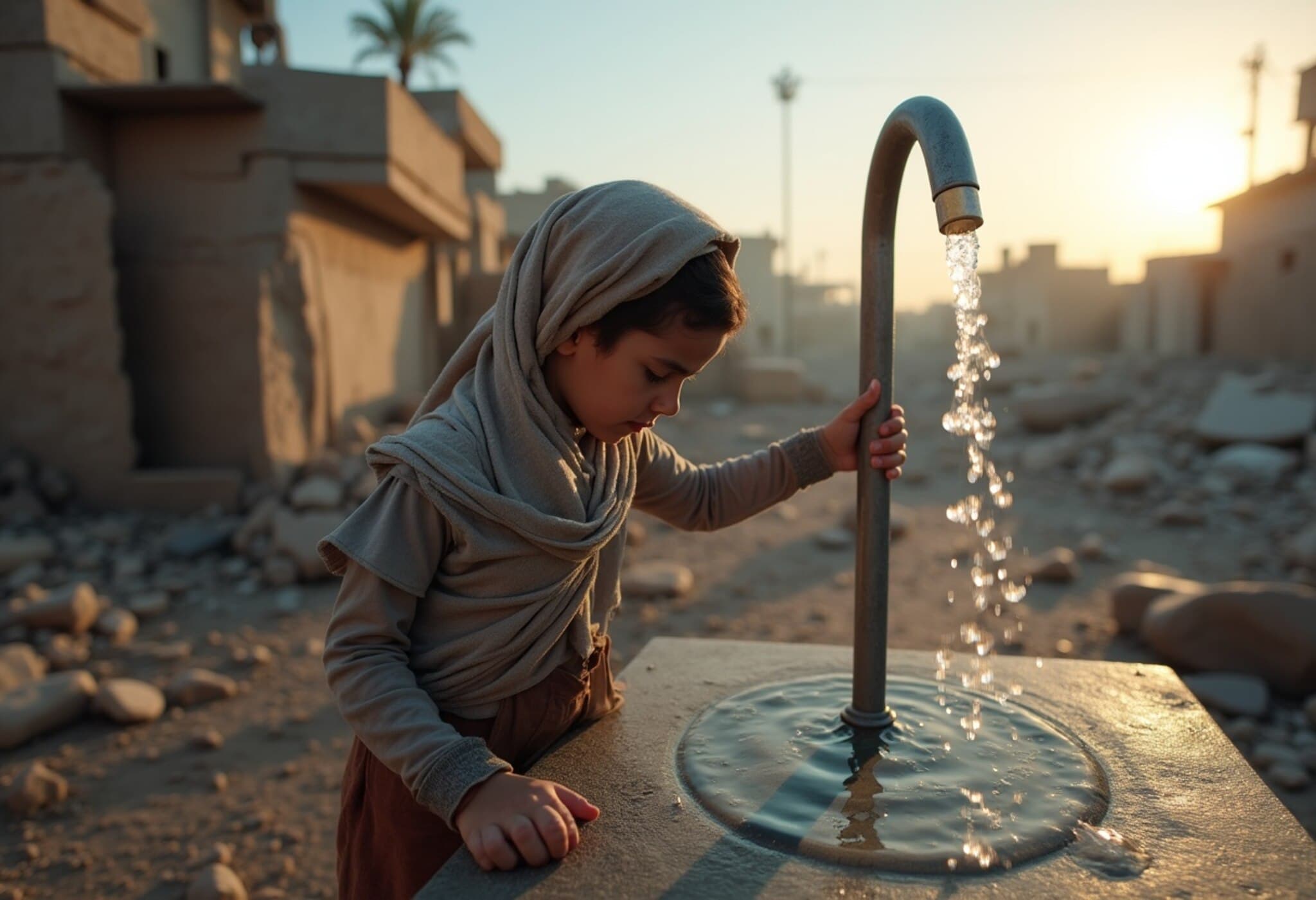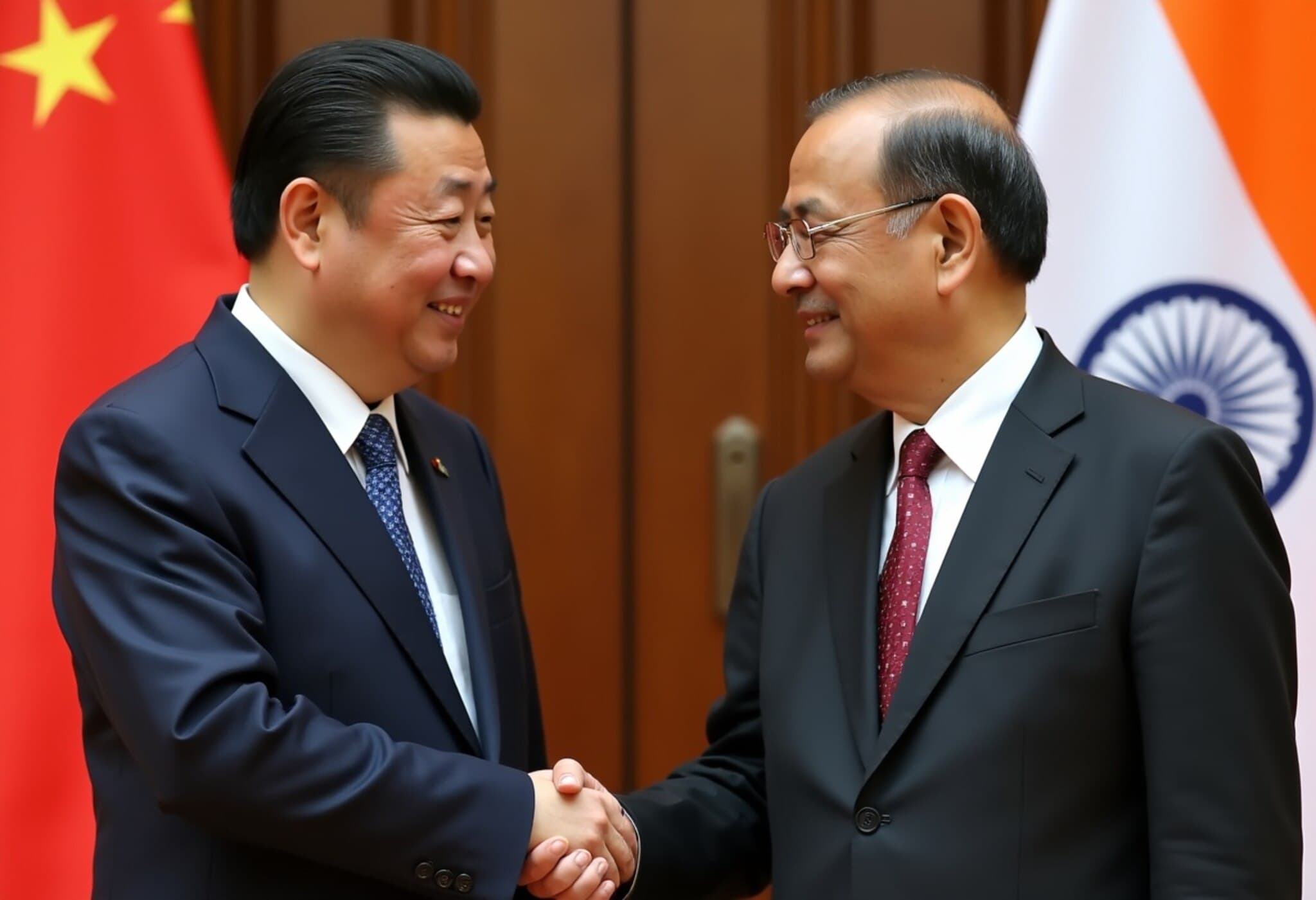The Hidden Tragedy of Syria’s Missing Children
More than six months have passed since the fall of Bashar al-Assad’s regime in Syria, yet the country continues to grapple with the haunting legacy of forced disappearances. Central among these are the thousands of children who vanished during the conflict—torn from families labeled as disloyal to Assad’s government. Recent investigations have shone light on one of the regime’s darkest secrets: the systematic hiding of at least 3,700 missing children in orphanages under false identities.
New Revelations: An Extensive Network of Concealment
A groundbreaking report by the New York Times, corroborated by data from the Syrian Network for Human Rights, uncovers how the Assad regime orchestrated a brutal operation to erase these children’s true identities. These children were forcibly removed from their families and placed in orphanages — some operated by the international NGO SOS Children’s Villages. Officials altered the children’s names and obscured their origins, making reunification efforts by relatives nearly impossible.
The Mechanics Behind the Disappearances
- Air Force Intelligence led the operation, issuing orders to remove children of perceived regime opponents.
- The Ministry of Social Affairs and the governorate of Rural Damascus coordinated placements in orphanages.
- Orphanages were instructed to conceal identifying information and maintain strict secrecy under the supervision of Assad’s secret police, the mukhabarat.
- At least nine orphanage facilities were involved, including six affiliated with SOS Children’s Villages.
Altering Identities and the Shadow of Conscription
Former residents reveal that many children’s identities were changed—a cruel erasure of their heritage. While SOS representatives claim no intentional name falsification, experts highlight the difficulty in verifying identities amid war and chaos.
In Syria’s military system, children with “unknown parentage” are exempt from conscription, yet once some reached military age, they were conscripted—some forcibly—into Assad’s army. Horrifyingly, at least one such individual was imprisoned for attempting to desert, illustrating layers of ongoing trauma linked to these children’s stolen identities.
Legal and Human Rights Implications: An Urgent Call for Justice
These revelations raise profound questions about violations of international law, including crimes against humanity and enforced disappearances targeting vulnerable populations during conflict. The deliberate fracturing of families contravenes United Nations conventions protecting children’s rights.
The new Syrian government has responded by establishing a committee to investigate these forced disappearances, signaling a potential opening for accountability and healing—although skepticism remains due to ongoing political complexities.
Broader Regional and International Impact
This crisis underscores the challenges facing post-conflict societies worldwide, where state apparatuses weaponize social services to suppress dissent and erase identities. It also highlights the crucial role of NGOs and international actors in safeguarding children’s rights amid war and political turmoil.
What Lies Ahead?
As Syria attempts to reconcile with its fractured past, the recovery and reunification of these missing children stand as a moral imperative. This case emphasizes the urgent need for:
- Transparent investigations and public accountability for enforced disappearances.
- Rehabilitation programs sensitive to trauma experienced by displaced children.
- International collaboration to track and reunite children with their biological families.
Editor’s Note
The story of Syria’s missing children serves as a stark reminder of the human cost behind geopolitical conflicts. Beyond statistics lies a generation robbed of identity, family, and childhood. As investigations continue, the global community must prioritize restorative justice, ensuring that policies and humanitarian interventions protect children from becoming pawns in political power struggles.
For readers, this report invites reflection on the long-term societal scars of war, the resilience of those affected, and the collective responsibility to uphold human dignity in times of darkness.

